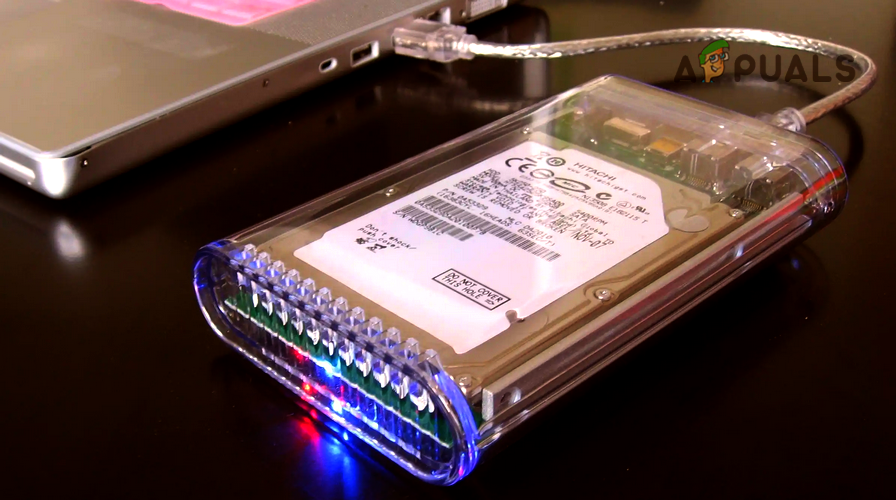Laptop Won’t Turn On? Try These Fixes
User’s laptops don’t turn on by using the power button due to a number of different reasons but primarily due to hardware problems. The power-on issue is not limited to a particular make, model, or type (internal or removable battery) of laptops. In some cases, the issue occurred after a BIOS update where it was installed either manually or through the Windows Update.
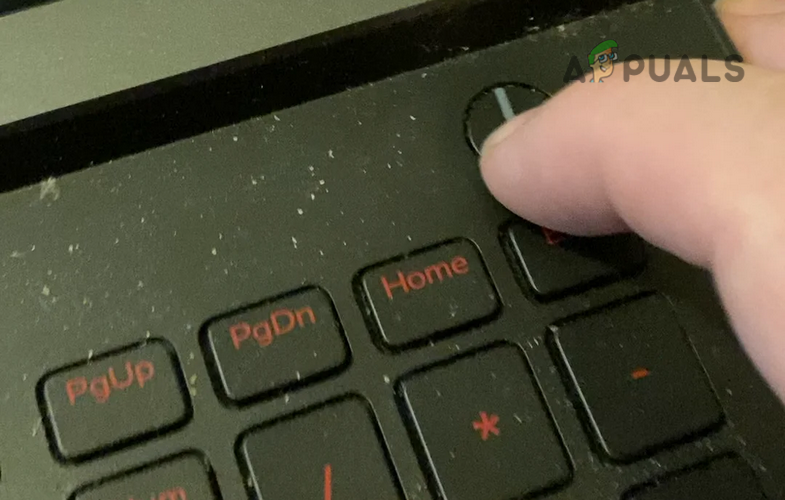
Here are the main causes which force your laptop not to turn on:
- Short-Circuiting of the Laptop: If the laptop is short-circuited (e.g., a short-circuit by the screw of the laptop’s chassis), then the laptop won’t be able to detect the presence of the power supply and thus won’t turn on.
- Dead Power Supply or Malfunctioning Battery: A laptop would not turn on if the laptop’s power supply is faulty as it will not be able to charge the laptop or if the laptop’s battery is faulty.
- Static Current on the Laptop’s Motherboard: If the laptop’s motherboard (or capacitors on it) is holding the current due to which the processor cannot detect the power signal from the power supply, then that may not let the laptop turn on.
- Hardware Issue: A laptop would not turn on if any of its components are not properly seated (like a CMOS battery), a module became faulty (like a failing RAM), or if the motherboard has gone bad.
Boot the Laptop with Bare Minimums
Your laptop won’t turn on even when plugged in if an attached device or peripheral is shorting the circuit in a way that the process timer chip cannot detect a good power signal from the power supply. In this case, booting the system with the bare minimums may solve the problem.
- Disconnect all the connected devices (like a printer, USB, USB dongles/receivers) or peripherals (like a keyboard or network cable) from the laptop.
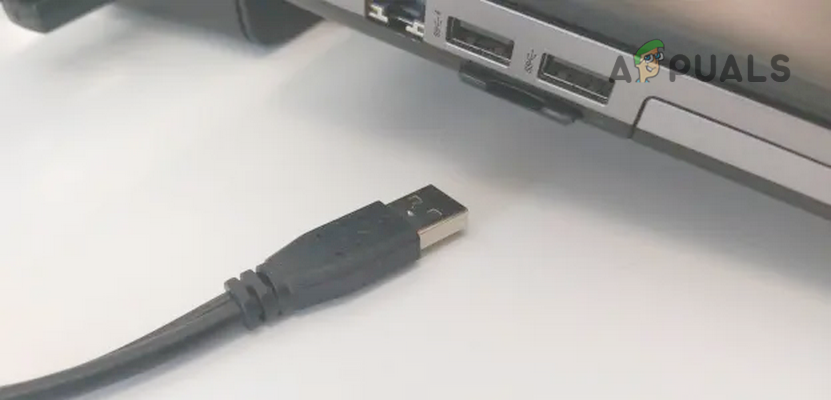
Unplug Devices or Peripherals from Laptop - Then press the power button on the laptop and check if it has turned on.
- If not, check if connecting the laptop to a second display solves the problem (maybe the internal display has malfunctioned).
- If not, check if adding back devices or peripherals one by one (like a keyboard, speaker, network cable) solves the problem. There are many reported incidents where the laptop only powered on when the network cable was inserted into the laptop as the network card was short but when the cable was plugged in, the short-courting of the laptop stopped and the problem was solved. If that is the case, then get the related card (like a network card) checked for a hardware error.
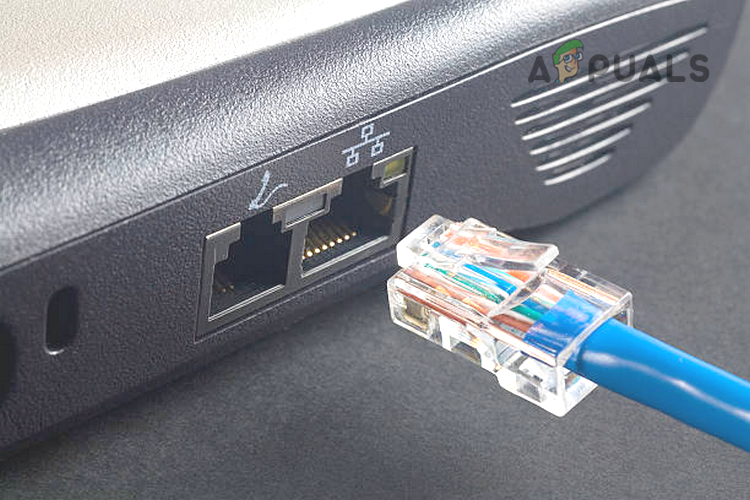
Plug the Ethernet Cable into the Laptop
Check the Laptop’s Power Supply
If the charger has gone bad, it will fail to supply the power to the laptop and the laptop will eventually shut down when the battery runs out or goes into a deep sleep. In this case, checking the power supply can solve the problem. But before moving on, make sure the power outlet is properly functioning and not faulty.
- If another charger is available, connect the laptop to that charger and check if it starts charging. You can also check the problematic charger by connecting it to another working laptop.
- If so, wait for at least 5 minutes and then power on the laptop to check if it has started to work.
- If no other charger is available, check if replacing the power cord of the laptop solves the problem.
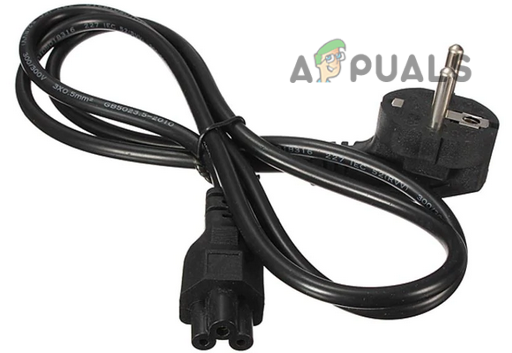
Check Another Cable with the Charger - If the issue persists, you may use a multimeter to test the current input or output of the charger and compare it to the OEM recommended values. If the values do not match the OEM values, then get the charger checked for a hardware error.
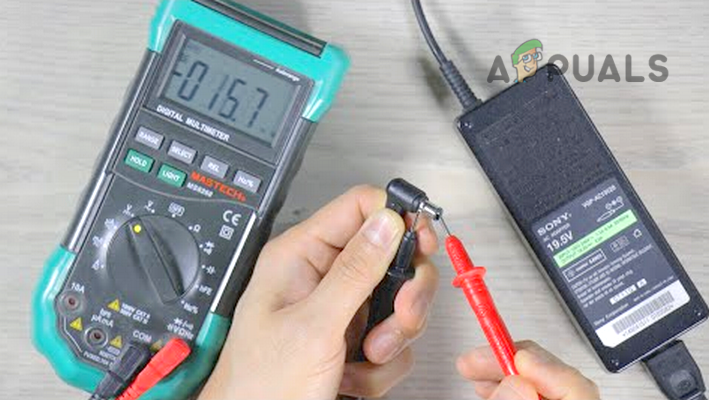
Check the Laptop Charger With a Multimeter
Check the Laptop Battery
As the power supply of the laptop is working fine, the next thing that should be checked is if the laptop battery is working fine. To do so:
- Disconnect the charger from the laptop and remove the battery from the laptop.

Unplug the Charger from the Laptop - Now plug back the charger and press the power button to power on the laptop.
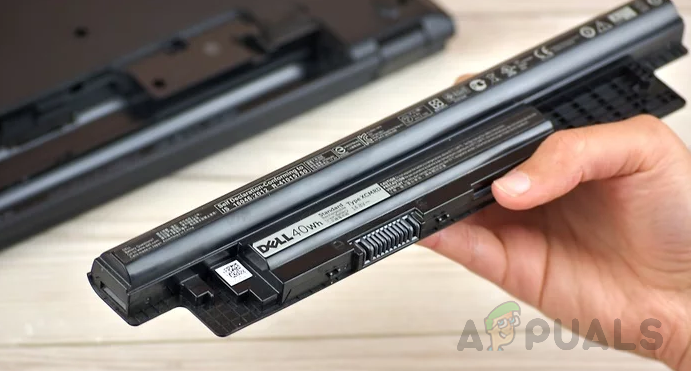
Remove Battery from the Laptop - If the laptop powers on fine, then the battery has malfunctioned or gone bad. In this case, charging the laptop (while being off) for some time may solve the problem, otherwise, a new battery may be required.
Discharge the Motherboard Current or Perform the ATX Reset
If the laptop did not power on without a battery, then the current present in the motherboard might be causing the issue as the processor timer chip is failing to detect a power good signal (+5V) due to the presence of this static current on the motherboard. In this context, discharging the motherboard current or more technically, performing an ATX reset (or a battery reset) may force start the laptop.
Just Use Charger to Power on the Laptop Without Battery
- Remove any external devices or peripherals from the laptop.
- Then disconnect the laptop from the charger and remove the laptop battery.
- Now press and hold the power button of the laptop for 1 minute.
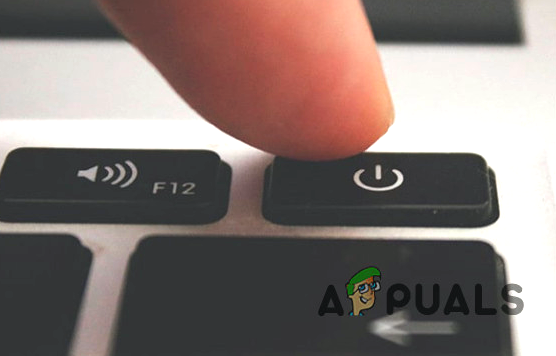
Press and Hold the Power Button of the Laptop - Then release the power button and connect back the power supply or charger (do not reseat battery or attach any other devices/peripherals).
- Now power on the laptop and check if it has started to boot normally.
- If not, remove the battery and charger from the laptop.
- Now press/hold the power button and while keep holding the power button, rapidly plug/unplug the laptop’s power cord.
- Afterward, check if the laptop is or can be turned on by pressing the power button.
Press/Hold the Laptop’s Power Button With Other Laptop Buttons
- If the issue persists, remove the power adapter and battery from the laptop.
- Now press and hold the power button along with other buttons one by one (like volume up/down, Wi-Fi switch, etc.) for 1 minute.
- Then release the buttons and connect back the charger.
- Now press the power button to check if the laptop can be turned on.
- If not, check if simultaneously pressing the FN key and the power button boots the system to the diagnostics screen. If so, then use the diagnostics to find out the problem with the laptop that is stopping it from turning on.

Press the FN Key and Power Button of the Laptop
Press and Hold the Laptop’s Power Button when the Laptop is Plugged in
- Connect the laptop to the charger and press/hold the power button for 60 seconds.
- Then release the button and check if the laptop has turned on.
- If not, remove the charger and battery from the laptop.
- Now press/hold the power button for 60 seconds and then plug back the charger (without reseating the battery).
- Then press/hold the power button for 60 seconds and release the power button to check if the laptop has booted fine. If you are shown a diagnostic screen, click on Continue.
Just Use Battery to Power on the Laptop Without Charger
- If that did not work, disconnect the devices/peripherals from the laptop and remove the laptop’s charger from it.
- Now press and hold the power button for 1 minute.
- Afterward, reseat the laptop battery (but do not connect the power adapter) and press the power button to check if the laptop is working fine.
- If the issue persists, remove the charger and battery from the laptop and press/hold the power button for 1 minute.
- Then leave the laptop (without battery and charger) in this condition for 24 hours and afterward, press/hold the power button of the laptop for 1 minute.
- Now reseat the battery and power on the laptop to check if it powers on.
- If not, connect the charger to the laptop and press the power button to check if the laptop has turned on.
Use the Battery Reset Pinhole
In many latest laptops, OEMs (like Acer) have included a battery reset pinhole on their laptops for internal batteries (which cannot be easily removed). These pinholes temporarily cut the power to the battery and then reconnect the power (like removing and reseating the battery to the laptop).
- Remove the laptop from the charger and press/hold the power button of the laptop for 30 seconds.
- Now find a paperclip and locate the battery reset hole on the back of the laptop.
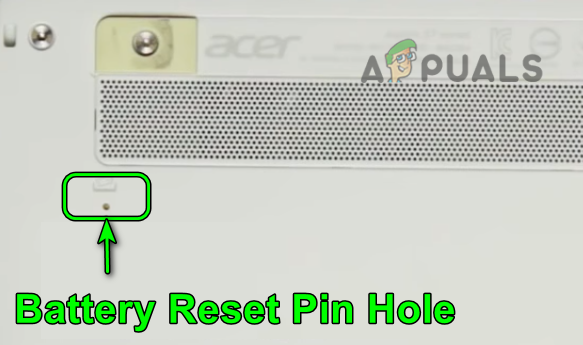
Battery Reset PIN Hole - Then insert the paperclip in the battery reset hole and press/hold the reset button for 10 seconds.
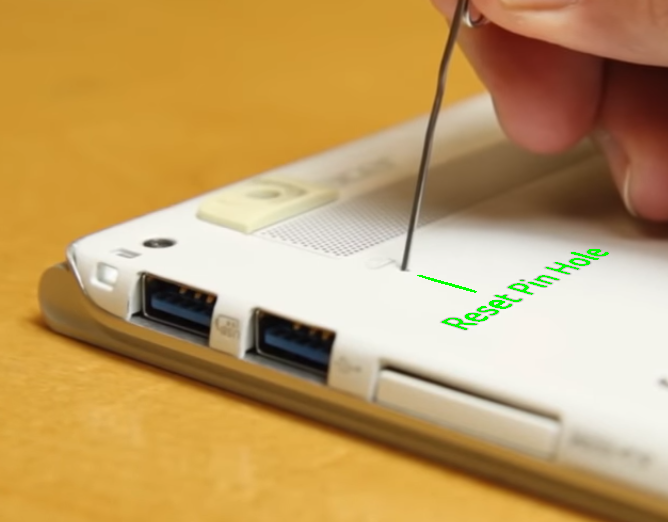
Insert a Paperclip in the Battery Reset Pin Hole - Now release the battery reset button and wait for 5 minutes.
- Then power on the laptop (without connecting the charger) and check if the laptop is turning on.
- If not, connect the charger to the laptop and then check if the laptop can be turned on.
Boot Laptop After Losing the Screws of the Back Cover
You may fail to turn on the laptop if a screw on the back of the laptop is shortening the laptop’s circuitry. In this scenario, losing the screws on the back cover of the laptop may solve the problem.
- Remove the charger and battery from the laptop.
- Now, lose the screws of the back cover but make sure the back cover stays intact with the laptop.
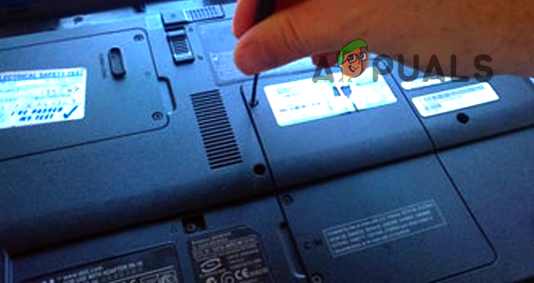
Lose the Screw on the Back of the Laptop - Then press/hold the power button for 30 seconds and afterward, connect back the charger to the laptop.
- Now power on the laptop and check if it has started to boot.
- If not, reseat the battery on the laptop and then check if the laptop can be powered on.
If the laptop is turned on after losing the screws, get the laptop checked for a short-circuiting issue.
Perform a Thorough Cleaning of the Laptop
Your laptop may keep showing a black screen and won’t turn on if the dust or debris on it is shortening the power circuit of the laptop in a way that the processor timer chip fails to identify the presence of the power on the laptop. In this case, performing a thorough cleaning of the laptop may solve the problem.
- Firstly, remove the back cover of the laptop and blow air on the circuits (but not too close). You may use a compressed air can or an air blower.
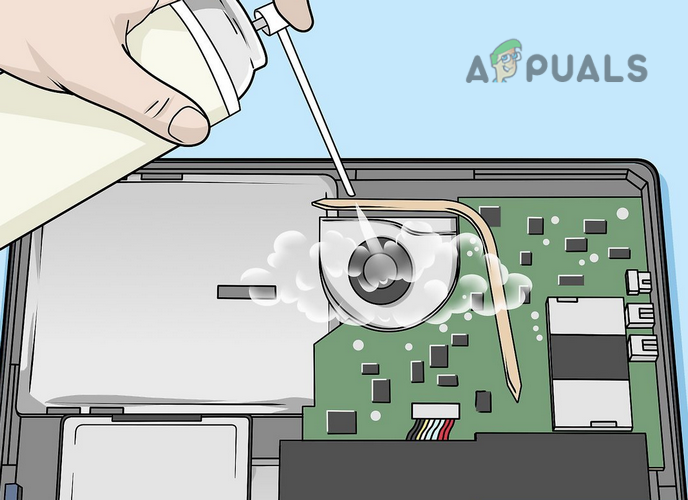
Air Clean the Laptop - Now dust off the internals (like HDD) with a dry cloth, q-tip, or a brush and make sure the dust or debris is removed from the laptop. Just be careful, do not damage the circuitry.
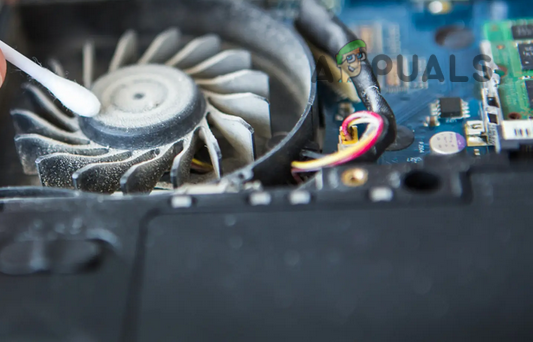
Clean Dust of the Laptop - Then connect the back cover of the laptop to it and afterward, power on the laptop to check if it can be properly powered on.
Reseat or replace the CMOS/BIOS Battery
Some laptop models would not boot if the CMOS battery is weak or not properly seated. In this case, reseating or replacing the CMOS battery may let the laptop power on.
- Firstly, remove the charger and battery from the laptop.
- Then remove the back cover of the laptop and locate the CMOS battery of the laptop.
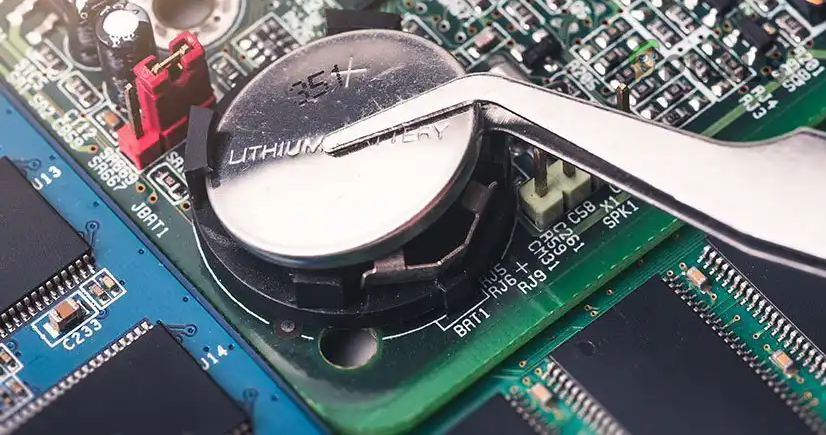
Remove CMOS Battery from the Laptop - Now unplug the CMOS battery from the laptop and then press/hold the power button of the laptop for 1 minute.
- Then plug the charger into the laptop and check if the laptop can be turned on.
- If not, remove the charger and put back the CMOS battery. Make sure it is properly seated.
- Now plug back the charger and press the power button to check if the laptop has turned on.
- If the issue persists, check if replacing the CMOS battery of the laptop solves the problem.
Reseat the Internal Components of the Laptop
The laptop may not turn on if any of the internal components (like RAM) are not properly seated or have gone bad. In such a case, reseating or replacing the internal laptop components may solve the problem.
- Remove the charger and battery from the laptop.
- Now dislodge the back cover of the laptop and remove the internals (like RAM, HDD, speakers, etc.) that can be removed easily.
- Then properly seat the components and close the back cover.
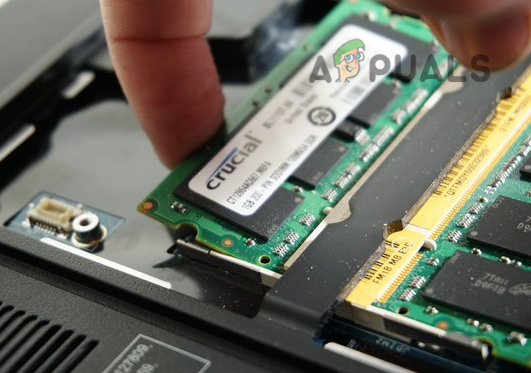
Reseat Laptop’s RAM - Now connect the charger and press the power button to check if the laptop is working fine.
- If not, remove the back cover of the laptop and remove all the RAM sticks (if more than one RAM is being used).
- Now put back the one RAM stick and connect the back cover of the laptop.
- Then connect the charger and press the power button of the laptop to check if it has properly powered on.
- If not, remove the back cover of the laptop and check for any physical damage to the laptop’s circuit. If so, then that could be the cause of the issue and get the laptop checked for a hardware issue.

Damaged Motherboard of Laptop
If none of the above worked, then most probably the issue is hardware-related like a faulty power port of the laptop, faulty power button, a short-circuiting card (like a network card), or a component (like a GPU) that got unsoldered from the motherboard. In this case, you may get the laptop checked by a hardware repairing service.
Moreover, the damaged system BIOS (especially, if the BIOS reset or upgrade process was interrupted) may also not let a laptop turn on. If the issue is occurring due to BIOS, then you may reflash the BIOS or roll back the BIOS, but it will require some technical expertise and if you do not know the process, get a professional to do it for you. But whatever the case may be (hardware issue or BIOS issue), make sure to back up the data in the laptop’s hard drive by connecting it to another system/laptop.
